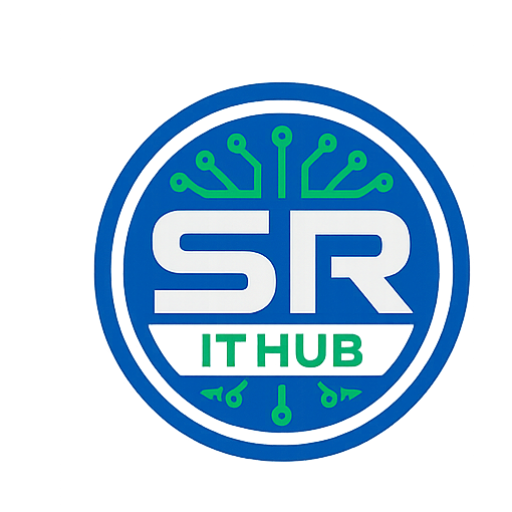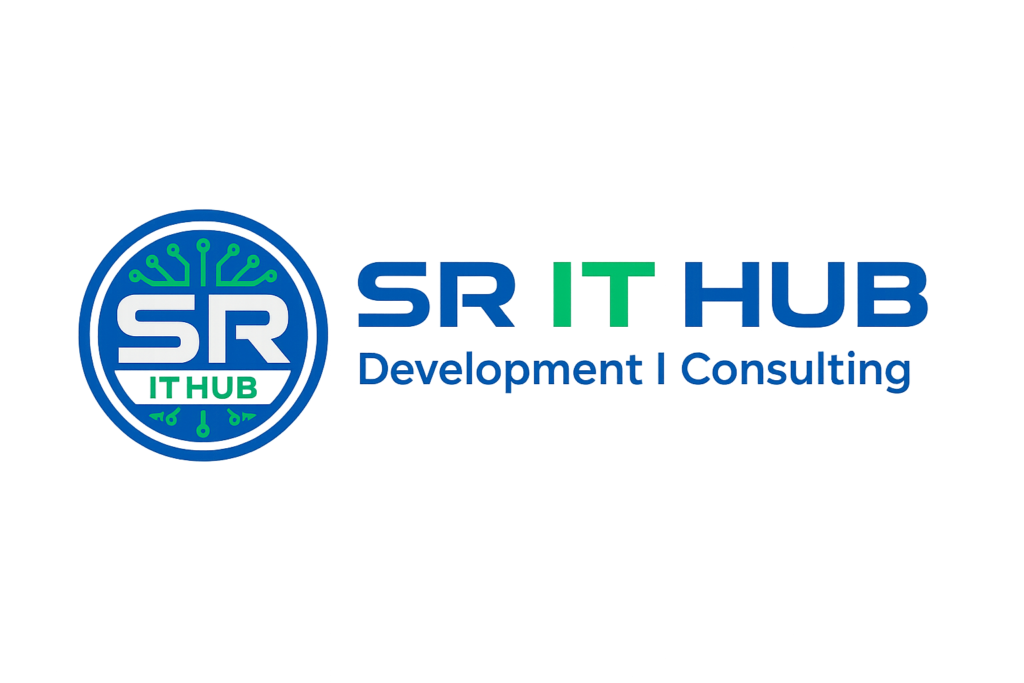ABSTRAT:
The nature of stock market movement has always been ambiguous for investors because of various influential factors. This study aims to significantly reduce the risk of trend prediction with machine learning and deep learning algorithms. Four stock market groups, namely diversified financials, petroleum, non-metallic minerals and basic metals from Tehran stock exchange, are chosen for experimental evaluations. This study compares nine machine learning models (Decision Tree, Random Forest, Adaptive Boosting (Adaboost), eXtreme Gradient Boosting (XGBoost), Support Vector Classifier (SVC), Naïve Bayes, K-Nearest Neighbors (KNN), Logistic Regression and Artificial Neural Network (ANN)) and two powerful deep learning methods (Recurrent Neural Network (RNN) and Long short-term memory (LSTM). Ten technical indicators from ten years of historical data are our input values, and two ways are supposed for employing them. Firstly, calculating the indicators by stock trading values as continues data, and secondly converting indicators to binary data before using. Each prediction model is evaluated by three metrics based on the input ways. The evaluation results indicate that for the continues data, RNN and LSTM outperform other prediction models with a considerable difference. Also, results show that in the binary data evaluation, those deep learning methods are the best; however, the difference becomes less because of the noticeable improvement of models’ performance in the second way
EXISTING SYSTEM:
This market has some specific attributes in comparison with other country’s stock markets, one of them is dealing price limitation of ±5% of opening price of the day for every indexes; this issue hinders the abnormal market fluctuation and scatter market shocks, political issues, etc. over specific time and could make the market smoother; however, the effect of fundamental parameters on this market is relatively high and the prediction task of future movements is not simple. This study concentrates on the process of future trends prediction for stock market groups, which are crucial for investors. Despite significant development in Iran stock market in recent years, there has been not enough research on the stock price predictions and movements using novel machine learning methods. In this paper, we concentrate on comparing prediction performance of nine machine learning models (Decision Tree, Random Forest, Adaboost, XGBoost, SVC, Naïve Bayes, KNN, Logistic Regression and ANN) and two deep learning methods (RNN and LSTM) to predict stock market movement. Ten technical indicators are employed as input values to our models.
EXISTING SYSTEM DISADVANTAGES:
1.LESS ACCURACY
2. LOW EFFICIENCY
PROPOSED SYSTEM :
A very prominent version of neural networks is recognized as RNN which is extensively used in various processes. In a normal neural network, the input is processed through a number of layers and an output is made. It is proposed that two consecutive inputs are independent of each other. However, the situation is not correct in all processes. For example, for the prediction of stock market at a certain time, it is crucial to consider the previous observations. RNN is named recurrent due to it does the same task for each item of a sequence when the output is related to the previous computed values. As another important point, RNN has a specific memory, which stores previous computed information for a long time. In theory, RNN can use information randomly for long sequences, but in real practices, there is a limitation to look back just a few steps. Figure 13 shows the architecture of RNN
PROPOSED SYSTEM ADVANTAGES:
1.HIGH ACCURACY
2.HIGH EFFICIENCY
SYSTEM REQUIREMENTS
SOFTWARE REQUIREMENTS:
• Programming Language : Python
• Font End Technologies : TKInter/Web(HTML,CSS,JS)
• IDE : Jupyter/Spyder/VS Code
• Operating System : Windows 08/10
HARDWARE REQUIREMENTS:
Processor : Core I3
RAM Capacity : 2 GB
Hard Disk : 250 GB
Monitor : 15″ Color
Mouse : 2 or 3 Button Mouse
Key Board : Windows 08/10

